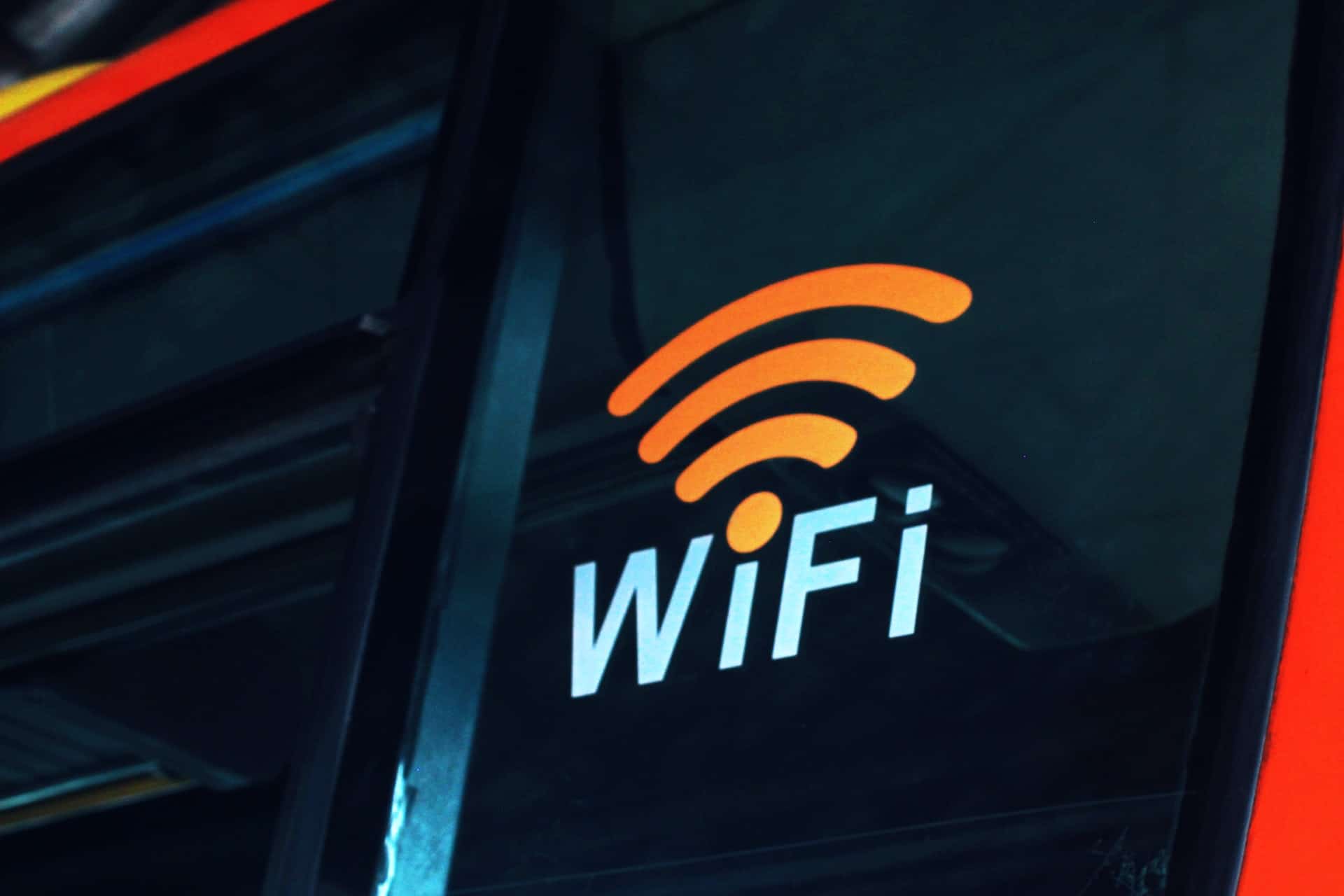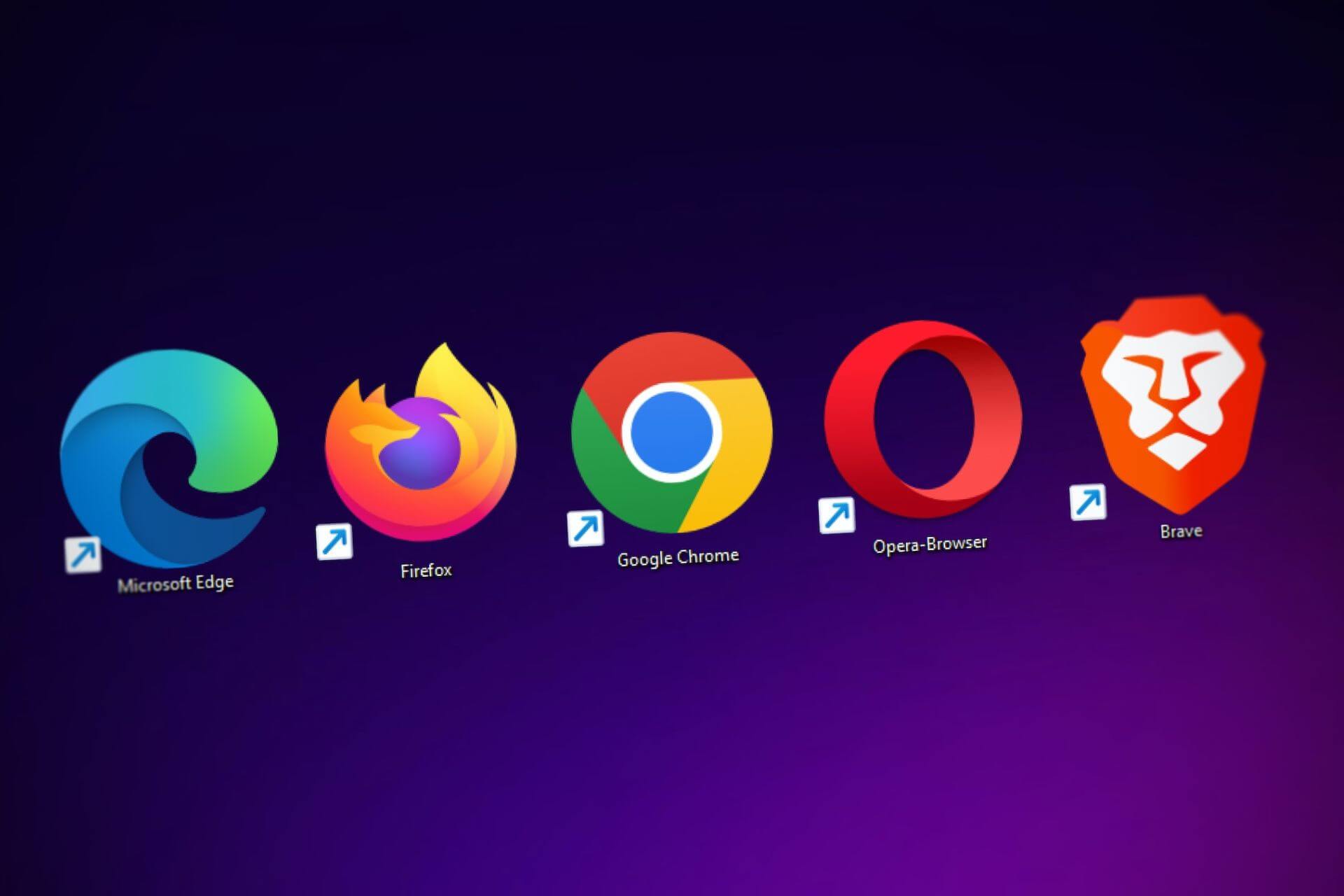
Types of Internet Connections: An Easy Guide
February 23, 2023 - Lou Farrell
Revolutionized is reader-supported. When you buy through links on our site, we may earn an affiliate commision. Learn more here.
What is the difference between the types of internet connections and how do you find the right one? The right type of internet service depends on several factors, including your location and internet usage needs. Each type has its own pros and cons to consider.
Whether you’re a business owner or a remote worker or a homeowner searching for the right internet plan, it’s important to know the differences between your connection options. This guide covers the six main types of internet connections and who each one is best for.
1. Cable: The Standard Type of Internet Connection
If you’re reading this guide on a laptop or desktop computer, you are probably using a cable internet connection. Cable is the most common type of connection today, balancing affordability with wide availability.
A cable connection is the best option for most homeowners, renters, small businesses, and small to medium sized organizations. It may be the best option for larger organizations, as well, although in this case a special enterprise-level internet plan will likely be needed.
Common cable internet providers in the U.S. include Xfinity, Verizon and AT&T, to name a few. Cable is a type of broadband internet, meaning it uses a variety of frequencies and traffic types to manage many streams of data at once. This translates into fast internet speeds, with an average cable download speed of 50 mbps.
Cable is widely available in most suburban and metro areas and you should have a variety of providers and price ranges to choose from. It is perfect for streaming videos, playing video games online, working or learning from home, or just browsing the internet. If you’re looking for internet service for your home or business, cable options are usually the place to start.
2. Fiber: Fast Internet if You Can Find It
Fiber is one of the newest types of internet connection. It is the fastest type of connection you can get today, but unfortunately it is not widely available yet. Fiber is available in most metro areas, but service in suburban areas can be spotty. Fiber is rarely available in rural areas.
Most people won’t notice the difference between cable and fiber connections, but those who benefit most from the advantages of fiber will notice. Fiber connections are significantly faster on average than cable, hitting download speeds of 250 to 1,000 mbps or more. Most users don’t need speeds that high.
However, there are cases where ultra-high speed internet is helpful. For example, someone who is streaming live video and audio footage while browsing the internet or playing video games would definitely experience better performance on fiber internet. Similarly, fiber networks can handle heavy traffic and large numbers of devices better than cable. This means fiber is a great fit for smart homes, where many devices have to be connected to the network at once.
Where fiber internet is available, it is incredibly fast and highly reliable. It’s a fantastic premium internet option for those who can afford it. If the cost of fiber is too high or it is not available in your area, cable providers often have high-speed plans that make a great alternative to fiber.
3. Cellular: A Versatile Option for Anyone
Cellular home internet was limited to a cellular hotspot a few years ago, but this type of internet connection is gaining popularity. Mobile internet has a few advantages over conventional wired connections, including the ability to deliver fast internet speeds to areas lacking cable or fiber access. The rise of 5G connectivity is also powering interest in cellular home internet.
Cellular internet uses cellular connections just like your phone does. So, anywhere you can get cell service, you can also get cellular internet. For homes, offices, or other buildings, this usually consists of setting up a hotspot or router that connects to a cell provider’s network on a plan that is intended for regular internet use.
You can expect to get download speeds averaging 25-50 mbps, which is very similar to DSL internet or the lower end of cable internet. Download speeds are higher with 5G connections, but 5G may not be as widely available and will cost significantly more than a standard cellular internet plan.
Anyone can use cellular internet, but it may be a particularly good option for those outside the range of cable and fiber connections. Cellular connections use more modern technology than DSL or satellite and you may even be able to upgrade to 5G in the future. Overall, cellular internet is highly versatile and worth considering no matter where you want to connect.
4. Fixed Wireless: The Best Choice in Rural Areas
Some types of internet connections are better suited for rural areas than others. If you live somewhere outside of main metro or suburban regions, you likely have fewer options from internet service providers. If cable or fiber internet is not available at your location, look for a fixed wireless provider instead.
Fixed wireless connections use towers to broadcast internet service around a set area, usually a 10 mile radius around the tower. Users have a receiver that connects them to service from the nearest tower. The biggest advantage of fixed wireless is that you can get broadband internet like cable offers, even outside the range of cable service.
Fixed wireless is also the most cost-effective type of internet service for people in rural areas. In fact, the cost of service decreases for each user as more users are added to the network. So, this type of service strikes a good balance between affordability and performance. Fixed wireless download speeds are fairly fast, as well, going up to 400-1,000 mbps.
5. DSL: An Upgrade From Satellite
Fixed wireless is not the only option for rural internet users. If you don’t live close enough to a fixed wireless tower or simply want an alternative to fixed wireless, a DSL connection could be a good fit. DSL stands for digital subscriber line. This was the type of internet that most people had before cable broadband became widely available. It’s still used by many people today, though.
DSL uses phone lines to establish users’ internet connections, but it doesn’t interfere with phone service. You could use your DSL internet at the same time as your phone without causing any issue. Download speeds can range from 8-100 mbps on DSL connections, depending on the user’s service plan. For users in rural areas, DSL connections are often faster and more reliable compared to satellite internet.
An estimated 90% of Americans have access to DSL internet. It’s a great option for many people in rural areas, but it can also be a good fit for suburban users. Make sure to check with your local internet service provider to see which type of connection has the best cost to performance ratio for your location.
6. Satellite: Expensive but Available in Rural Areas
Satellite is one of the least common types of internet connections today, but it is often the only option available in remote areas. As the name suggests, this type of internet uses satellites to directly establish a connection to a user. As a result, it is able to reach areas that would otherwise be inaccessible for DSL, cable, or other internet services.
Unfortunately, satellite internet can be one of the most expensive connection types. There are more affordable plans available, but they typically deliver slower speeds. Users in the U.S. can expect to spend at least $100 per month to get download speeds higher than 25 mbps on any satellite network. Newer satellite technologies may bring down the cost in the years ahead.
Despite its relatively high cost and slow speeds, satellite internet is still worth considering. For many locations, this is the only option for getting online. It can also be a good fit in situations where the connection location moves. For instance, people who live on the road in renovated vans frequently use satellite internet since they can connect from anywhere with it.
Understanding the Types of Internet Connections
The different types of internet connections each have pros and cons that are important to understand. It’s much easier to choose the right internet service plan when you know exactly which type of connection is the best fit for your location and usage.
Consider where you want to connect to the internet from and how much you’ll be using your connection. For most people, cable is the best choice. However, many users can benefit from other types of connections, such as fiber for top speeds or cellular for high mobility.
Revolutionized is reader-supported. When you buy through links on our site, we may earn an affiliate commision. Learn more here.




